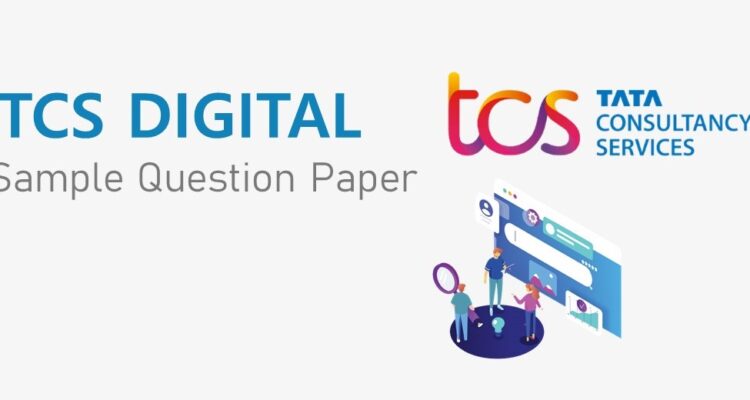Problem Description:
Given two non-negative integers n1 and n2, where n1<n2. The task is to find the total number of integers in the range [n1, n2](both inclusive) which have no repeated digits.
For example:
Suppose n1=11 and n2=15.
There is the number 11, which has repeated digits, but 12, 13, 14, and 15 have no repeated digits. So, the output is 4.
Example 1:
Input:
• 11 — value of n1
• 15 — value of n2
Output:
• 4
Example 2:
Input:
• 101 — value of n1
• 200 — value of n2
Output:
• 72

